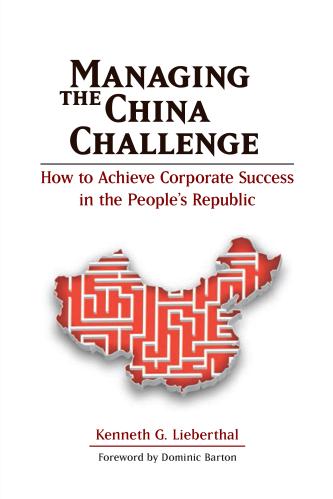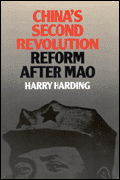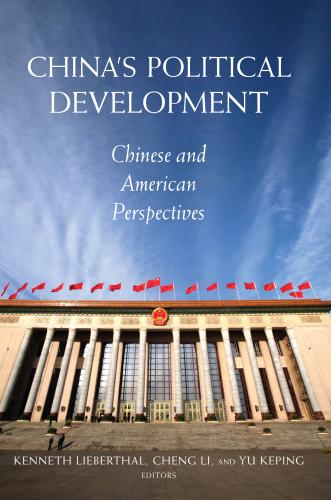Studies in this week’s Hutchins Roundup find that refugees resettled in the US contribute more in taxes than they collect in benefits over their first 20 years in the country, workers switching jobs tend to move to higher-wage, but not larger, firms, and more.
Want to receive the Hutchins Roundup as an email? Sign up here to get it in your inbox every Thursday.
Refugees pay more in taxes than they collect in benefits
Using data on about 20,000 refugees resettled in the US over the past 25 years, William Evans and Daniel Fitzgerald of Notre Dame find that those who arrive before age 14 graduate from high school and start college at the same rate as natives. Those who arrive at older ages have lower educational attainment. The authors also find that refugees who arrive as adults have significantly lower earnings initially and rely more on government benefits than natives, but experience dramatic improvement in economic circumstances over time. They estimate that refugees pay an average of $21,000 more in taxes than they receive in benefits in their first 20 years in the US.
When US workers change jobs, they tend to move to higher-wage, but not larger, firms
Changing firms is an important driver of pay raises for workers, but little is known about how workers change firms over time. With data on US workers’ moves from one employer to another during 1998-2011, John Haltiwanger of the University of Maryland, Lisa Kahn of Yale, and Henry Hyatt and Erika McEntarfer of the Census Bureau conclude that US workers tend to move not from small to large firms, but from lower-paying to higher-paying firms. This movement is strongly procyclical, slowing to almost zero during recessions, they find. In particular, although 1.2 percent of low-wage workers move up the ladder in good times, only 0.73 percent do so in recessions, on average, and only 0.19 percent did it during the Great Recession.
Most of decline in prices of Chinese exports to the US after China’s WTO entry was due to China reducing its own input tariffs
Mary Amiti of the New York Fed, Mi Dai of Beijing Normal University, Robert Feenstra of the University of California – Davis, and John Romalis of the University of Sydney find that the 2001 entry of China into the World Trade Organization reduced the price of manufactured goods in the U.S. by 7.6 percent between 2000 and 2006. Two thirds of the price reduction stemmed from China lowering tariffs on its imported intermediate inputs, which increased its imported inputs, boosting Chinese productivity and export quality while decreasing export prices. The remaining third reflected the granting of permanent normal trade relations to China, which allowed China to expand its entry into the US market.
Chart of the week: Individual income tax receipts are slumping

Quote of the week: “At the time that we adopted the 2 percent target back in 2012, we had a very thorough discussion of the factors that should determine what our inflation objective should be,” says Fed Chair Janet Yellen.
“And I believe that was a well thought out decision… [W]e’ve learned a lot in the meantime. Assessments of the level of the neutral rate currently and going forward… are quite a bit lower than they stood in 2012 or earlier years. And that means that the economy has the potential where policy could be constrained by the zero lower bound more frequently than at the time that we adopted our 2 percent objective. So it’s that recognition that causes people to think we might be better off with a higher inflation objective…. But a reconsideration of that objective needs to take account not only potential benefits of a higher inflation target, but also the potential costs that could be associated with it. It needs to be a balanced assessment. But I would say that this is one of the most important questions facing monetary policy [makers] around the world in the future.”
The Brookings Institution is committed to quality, independence, and impact.
We are supported by a diverse array of funders. In line with our values and policies, each Brookings publication represents the sole views of its author(s).









Commentary
Hutchins Roundup: Refugees, job ladders, and more
June 15, 2017